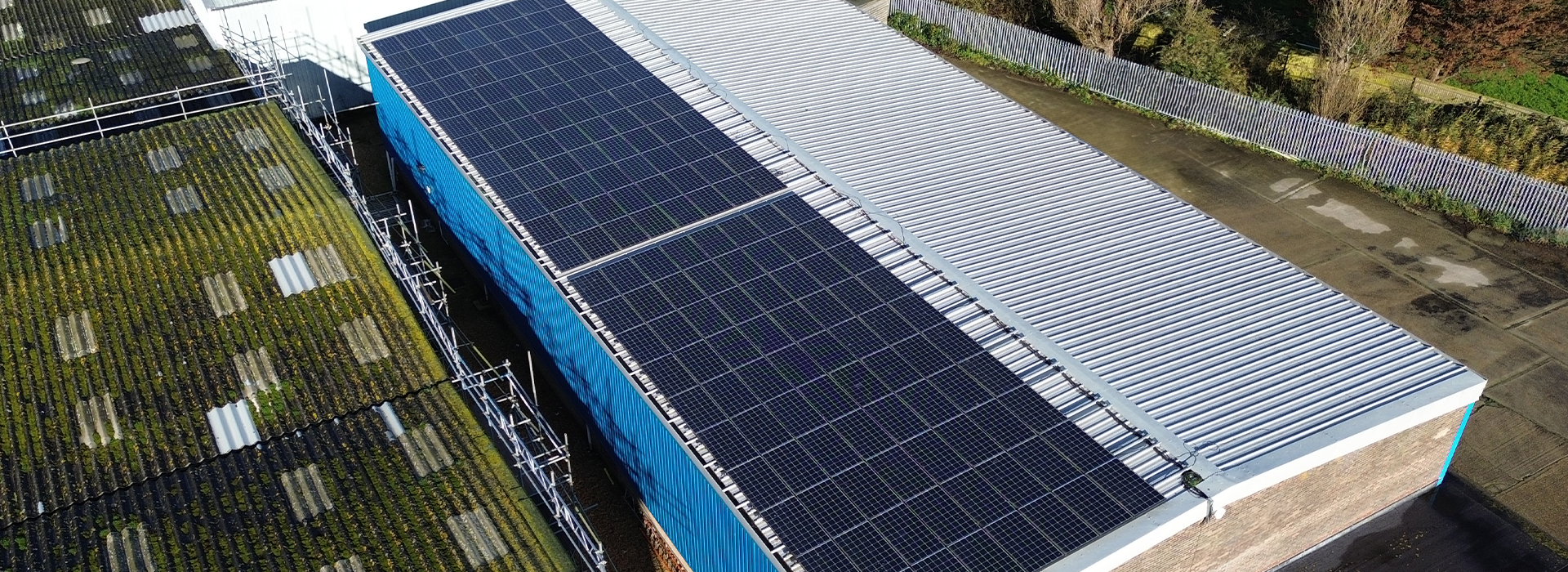As the autumn and winter months approach in the UK, commercial and industrial property owners must prepare for the challenges posed by adverse weather conditions. One critical aspect often overlooked is the condition and compliance of roof safety systems. In the UK, where weather can shift dramatically from wind to rain to snow, having a compliant roof safety system is essential for protecting not only your property but also the individuals who may need access to your roof for maintenance and repairs.
Why Roof Safety Compliance is Crucial
Legal Requirements and Regulations UK law requires that employers and building owners provide safe access to areas where work at height is necessary, as outlined in the Work at Height Regulations 2005. This includes any tasks performed on a roof, such as repairs, inspections, and cleaning. Non-compliance with these regulations can lead to severe penalties, including fines and even legal action, should an accident occur. Ensuring your roof safety system meets all compliance standards is not only good practice but a legal obligation.
Prevention of Accidents During bad weather, roofs become slippery, visibility can be reduced, and strong winds make it more dangerous to work at height. Without a compliant safety system, employees or contractors are at high risk of accidents, including falls, which are among the most common workplace injuries. Proper roof safety systems—such as guardrails, safety netting, and harness anchor points—significantly reduce the risk of injuries and fatalities.
Protection of Property and Assets Roofs are your first line of defense against the elements. However, damaged or improperly maintained roofs are vulnerable during harsh weather conditions. Regular inspections and maintenance are vital, and having a safe system in place ensures that workers can access the roof to carry out these tasks, even during adverse conditions. Timely maintenance helps prevent costly water damage, structural issues, and long-term deterioration of the roof.
What Should a Compliant Roof Safety System Include?
Edge Protection
For industrial and commercial buildings, edge protection, such as guardrails, is a fundamental aspect of roof safety. These systems prevent workers from accidentally stepping off the edge or slipping during wet conditions, which is particularly important during the winter months when snow and ice are common.
Access Systems
Safe and compliant access to the roof is essential, especially during emergencies or bad weather when quick repairs may be needed. Ladders, hatches, and staircases should all meet safety standards and provide secure access points.
Fall Arrest Systems
Fall arrest systems, including harnesses and anchor points, should be installed and regularly inspected. These systems provide additional security for workers by catching them in the event of a slip or fall.
Roof Walkways
Roof walkways provide safe access routes for workers, especially on roofs that have fragile materials like skylights or asbestos panels. These walkways should be non-slip and well-maintained to ensure maximum safety.
Signage and Warning Systems
Clear signage indicating roof access points, hazard zones, and fragile areas is critical. Proper warning systems, such as alarms and lights, can also help alert workers to unsafe conditions, especially when visibility is low due to weather.
Preparing for Winter: The Time to Act is Now
The UK’s unpredictable weather patterns make it imperative to ensure your roof safety system is fully compliant before winter arrives. Inspecting your roof safety measures before the bad weather hits allows you to address any issues early, preventing last-minute emergencies when access to the roof is either too dangerous or impossible.
Start with a comprehensive roof survey to assess the current condition of your roof safety systems. Ensure that any systems you have in place, such as edge protection or fall arrest equipment, are compliant with the latest UK safety standards and regulations.
Conclusion
The importance of having a compliant roof safety system cannot be overstated, especially as bad weather approaches. Beyond being a legal requirement, a well-maintained system safeguards workers and protects your property from further damage. Now is the perfect time to conduct inspections, carry out maintenance, and make necessary upgrades to ensure your industrial or commercial property is prepared for whatever the UK weather throws at it.
By taking proactive steps today, you can prevent costly repairs, avoid legal issues, and most importantly, keep everyone safe.



